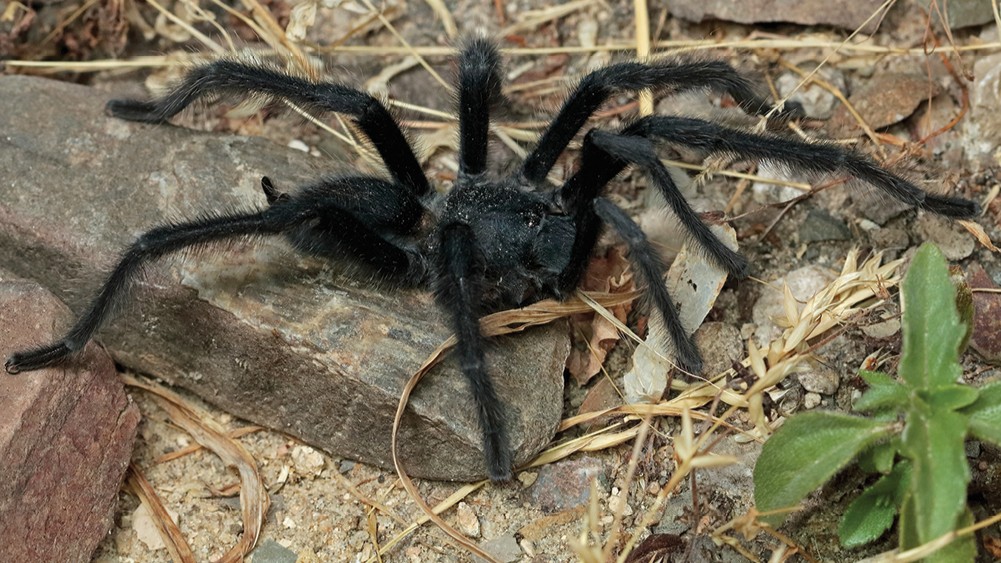Meet the Tarantula with the Longest Genitalia Ever: Why Did Scientists Create a New Genus?

Have you ever wondered how far evolution can go to ensure survival? Well, brace yourself because scientists just discovered a new genus of tarantulas that boast the longest genitalia known in the spider world! Introducing Satyrex ferox, a name that’s as unique as its anatomy.
Researchers have recently identified four new species of tarantulas, including Satyrex ferox, and they had to create an entirely new genus just to categorize these remarkable spiders. Why? Because their male genitalia are not only impressive but downright astonishing! Typically, male tarantulas have genitals that measure between 1.5 to two times the length of their head and thorax combined. But the males of these newfound species? Their palps, which are the specialized appendages used for sperm transfer, measure a jaw-dropping four times their upper body length and almost half the size of their longest legs!
Lead author Alireza Zamani, an arachnologist from the University of Turku in Finland, emphasizes just how distinct these spiders are from their closest relatives, stating, “The males of these spiders have the longest palps amongst all known tarantulas.” The new genus is aptly named ‘Satyrex,’ a combination of ‘satyr’—a mythical creature known for its exaggerated features—and ‘rex,’ the Latin word for king, which adds a layer of mythological flair to this discovery.
These incredible tarantulas thrive in the unique ecosystems of the Arabian Peninsula and the Horn of Africa, with their habitats found in burrows and cool spaces between rocks. Zamani and his team first stumbled upon Satyrex arabicus in Saudi Arabia, captured vivid images of Satyrex ferox in Yemen and Oman, and later detailed Satyrex somalicus and Satyrex speciosus in Somaliland. Their groundbreaking findings were published on July 22 in the journal ZooKeys.
Among these four newly discovered species, S. ferox stands out not just for its impressive palps, but also for its size and fierce demeanor. Both male and female S. ferox can span about 5.5 inches (14 centimeters) in leg length, while the males’ palps stretch approximately 2 inches (5 centimeters) long. This extraordinary length likely serves a crucial purpose: keeping male tarantulas at a safer distance from their notoriously aggressive female counterparts, who are infamous for sometimes devouring their mates during the mating process.
Zamani explains, “We have tentatively suggested that the long palps might allow the male to keep a safer distance during mating and help him avoid being attacked and devoured by the highly aggressive female.”
And if you think that’s all there is to this story, think again! S. ferox is also known for its defensive tactics. When threatened, it raises its front legs in a distinctive threat posture and emits a loud hissing sound by rubbing specialized hairs on its front legs together. Talk about a warning!
The research also revealed fascinating insights into the evolutionary history of these spiders. A species previously categorized under the genus Monocentropus, known as Monocentropus longimanus, has now been reclassified as Satyrex longimanus due to its remarkably long palps and newfound relationships within the Satyrex genus. As Zamani puts it, “At least in tarantula taxonomy, it seems that size really does matter.”


















